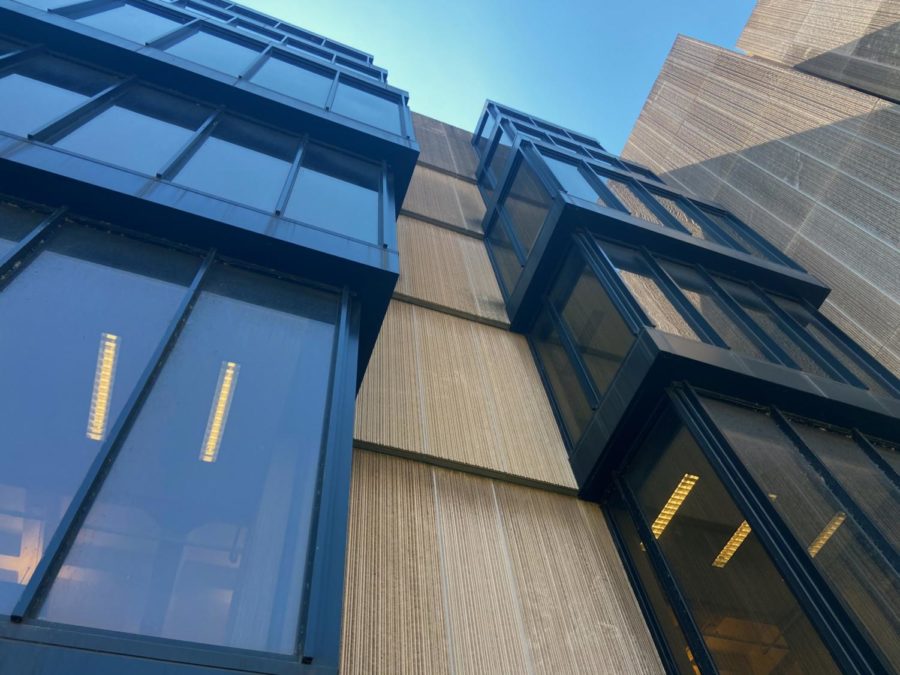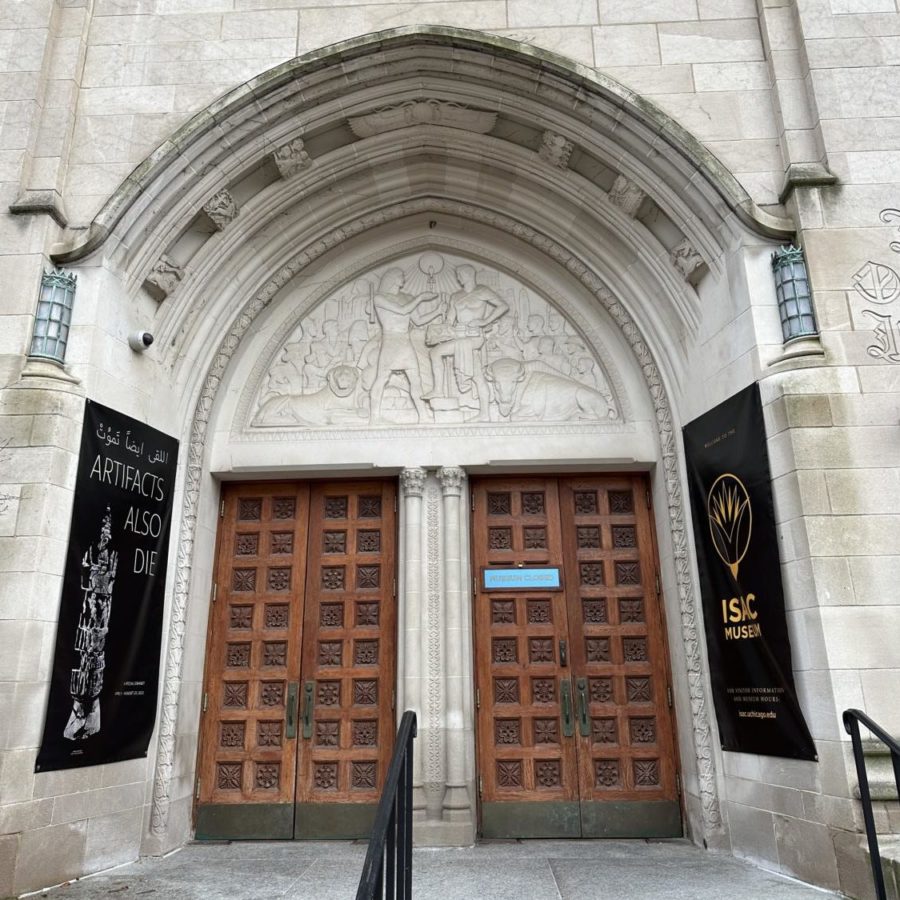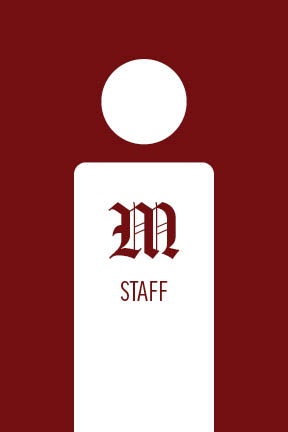Everyone seems to have something to say about the Obama Presidential Center (OPC)—activists, professors, political candidates, government officials, community members, independent college newspapers—except one person: former president Obama.
Since the Center’s announcement of the site in 2016, South Siders have raised questions about the OPC’s potential location, environmental impact, destruction of historical public parkland, economic impact, and disruption to commuter traffic patterns. These concerns from community members regarding the OPC have spurred contentious debate and delayed the Center’s construction. A lawsuit filed by local environmental organization Protect Our Parks will proceed to federal court, with uncertain future court dates. Amid the chaos, Obama is nowhere to be found.
The occasional updates posted by the Obama Foundation aim to appease community members, but either fall on deaf ears or never reach the community. The Obama Foundation recently responded to challenges against Jackson Park as the best location for the OPC by releasing an update entitled “Jackson Park: The Right Choice,” outlining its defense for the currently selected OPC location. These website posts are no substitute for direct communication from the center’s symbol and driving force: the president himself. President Obama should visit the South Side and speak directly with residents to advocate for and explain the decisions made throughout the process of finalizing the plans for his center.
A visit from Obama to the South Side would not be an attempt to convince those who stand with Protect Our Parks to think otherwise, nor would it be to raise debate over the current construction plans of the OPC. Building the center in Chicago will make Obama’s influence on the South Side permanent, making it essential that the Obamas actively advocate and speak about the intentions of the Center. If the former president were to make a trip back home, he would remind South Siders of the project’s community-focused intentions in a more personal, powerful manner. Currently, those who will be most impacted by the Foundation have only received bureaucratic issuances and intermittent appearances at community events.
Obama’s lack of personal involvement in a project that not only holds his legacy but will have immense ramifications for the future of the South Side should raise concern. The last time Obama visited Chicago for a public speaking engagement was in November 2018. While visiting, he spoke at the second annual Obama Foundation Summit and recorded an episode of “The Axe Files” with his former chief campaign strategist David Axelrod. At neither of these events did Obama mention the OPC, nor did he use any of his time in Chicago to meet with community leaders and organizations about the OPC.
The Obama Foundation claims to promote community engagement, tracking appearances at local events as evidence that it is listening to South Siders’ concerns. The Foundation has said that it is its “top priority to meet with our neighbors and hear their feedback directly.”
While these events have provided an opportunity for community members to learn about the OPC and potentially voice their concerns, it is difficult to characterize these actions as engagement. The Foundation has resisted community members’ questioning of OPC plans. If community relations do not improve, support for the Center will inevitably falter, threatening the reality of an OPC on the South Side altogether. The relationship between the community and the Obama Foundation has become a one-sided, non-collaborative affair, with South Siders occasionally managing to push the Obama Foundation into forced concession.
Many of the changes made to the OPC that the Foundation labels as “our responses to your feedback” include considerations that the Obama Foundation should have made from the start of the project. These changes have often constituted rehashing logistics that were not initially accounted for, including plans to maintain environmental protections, protect historical landmarks, and perform traffic studies on how the removal of a major drive would affect a highly populated area.
One of the community’s most pressing demands from the Obama Foundation—a demand the Maroon Editorial Board has supported—is for a Community Benefits Agreement (CBA) that would mandate protections for low-income housing and homeowners and require jobs be set aside for South Side businesses and local residents. Obama has refused to negotiate such an agreement, arguing that the formality of a CBA could exclude some groups. “We want to work with everybody in a transparent way,” Obama said via video conference at an OPC community event in September 2017.
At the same video conference, Obama stated, “I’m not an outsider here. I know the neighborhood.” But in the two years since the announcement of the center’s location in Chicago, Obama has spent little time in the neighborhood or engaging with the people who feel a CBA would benefit the community. The Maroon Editorial Board argues that Obama has spent too little time on the South Side in recent years to claim he knows the current state of the neighborhood well enough to deny a CBA without first discussing it extensively with South Siders.
Instead of sparking excitement over the creation of an edifice built to commemorate the 44th president—whom a majority of Chicagoans are proud to call one of their own—the OPC’s potential benefits touted by the Foundation have become shrouded with skepticism. The OPC is a celebration of Chicago and the president shaped by its streets. But without his voice, the project has lost its essence.
Beginning his career in public service as a community organizer, Obama has always taken to engaging with supporters and starting projects with a grassroots approach. Establishing the OPC is a project in need of just a mere fraction of the energy Obama placed in his political campaigns.
Of course, a speech from Obama about the OPC is not a cure-all for the legitimate discourse aroused by current construction plans. The former president and his Foundation are subject to all the same legal statutes as any other private citizen and corporation. However, hearing from Obama directly may begin to shift the OPC’s image from that of an unwelcoming private association to the product of a man whose legacy—to the majority of South Side residents—is worth preserving. This people-focused dynamic must be reestablished so that the Center can best fulfill its aim of community engagement once it does arrive in Jackson Park.
There is no Obama Presidential Center or Obama Foundation without Obama. It is vital, therefore, for the Obamas to be a part of shaping the image of their legacy.
Whether or not the City of Chicago and the Chicago Parks District went too far in their gift-giving to the former president will be decided by the courts. In the meantime, Obama must engage with the community to acknowledge its legitimate concerns, and demonstrate his personal stake in a project of such a grandiose scale, bearing his name and residing in his hometown.
Deputy Editor-in-Chief Elaine Chen and deputy News editor Emma Dyer recused themselves from this editorial due to their recent involvement in OPC coverage.










